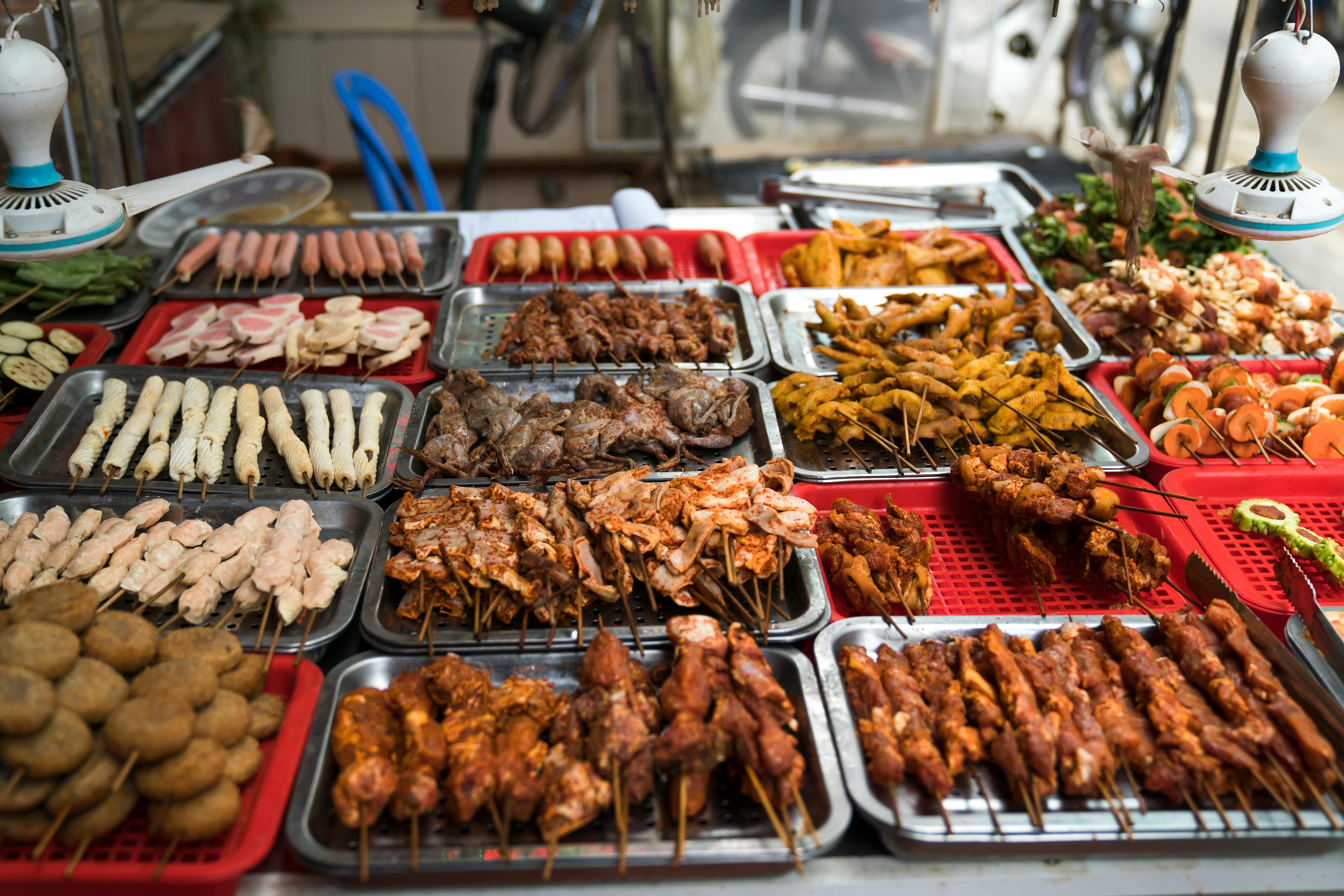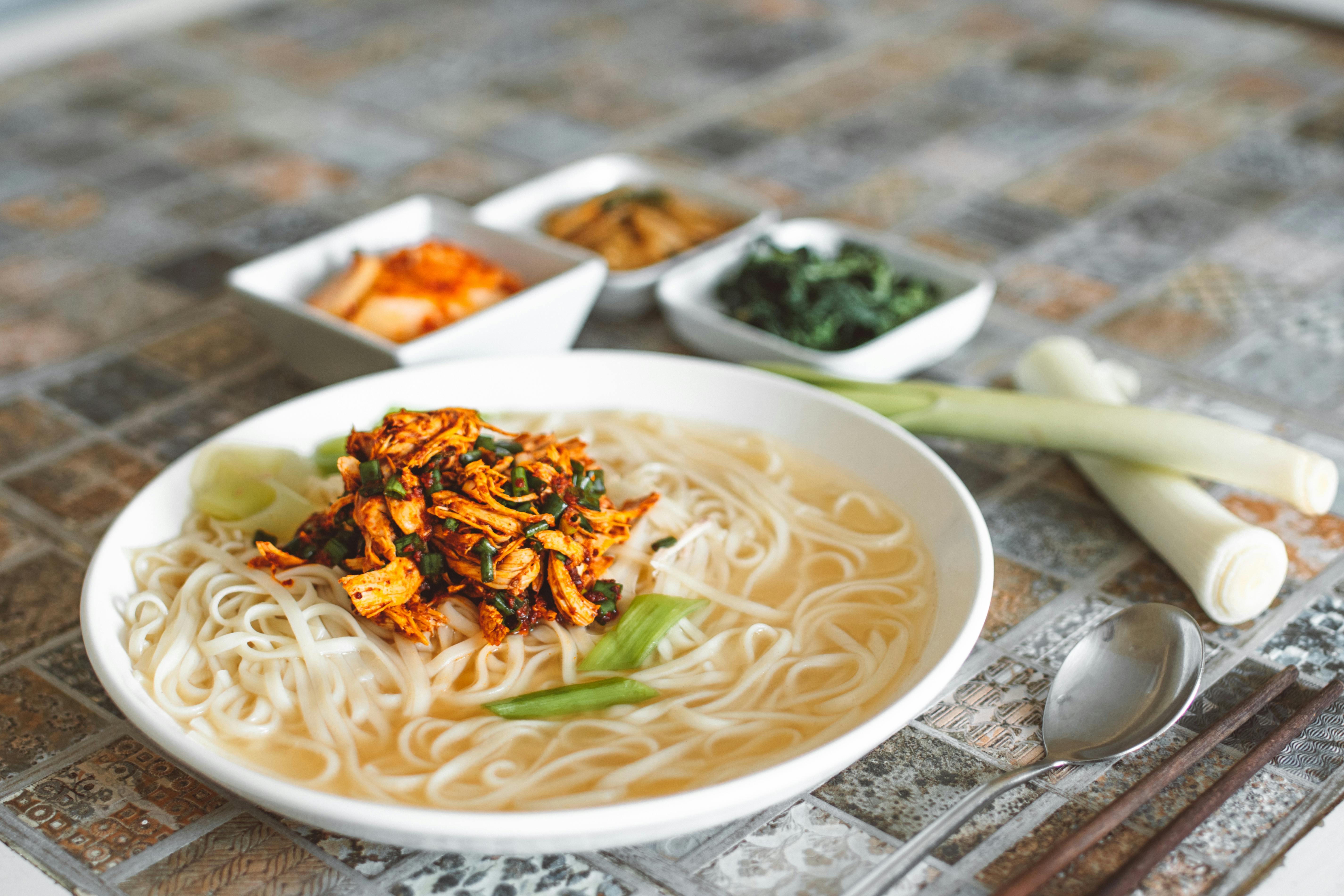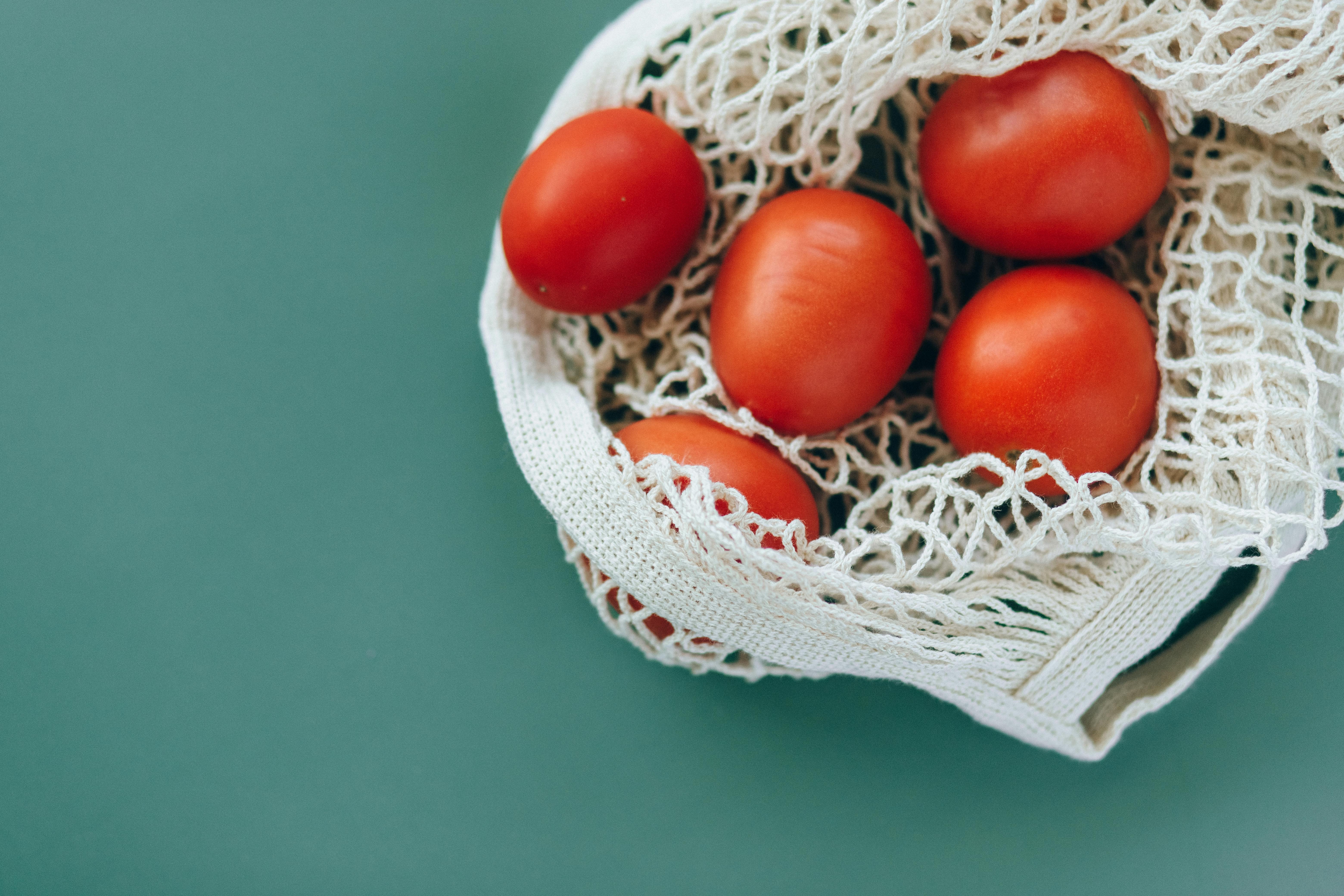This article is written to explain how tropical plywood panels are produced, how they move around the world, and where they eventually end up. This article is based on the knowledge of the author while conducting research and working as a sales manager for a prominent Malaysian plywood factory.
wood felling
The source of all plywood is from trees, and for tropical plywood harvested in Malaysia, this usually means from one of several species, be it Meranti, Bintangor, Keruing, Mersawa, Apitong, and the list goes on. Most of these variants come from the Shorea species, which grows most abundantly in Malaysia, Indonesia, and parts of the Philippines (sometimes called Philippine or lauan mahogany). Tropical plywood is unique in that it grows quickly, is very light yet very hard, and comes in a wide variety of colors and aesthetic grades. Their location in Southeast Asia means they get a lot of rainfall and are typically accessed by less developed countries, which means the cost of producing the final product is significantly cheaper than a birch species plywood panel. equivalent produced in the United States. These trees are cut using traditional logging techniques and the logs are transported by a combination of trucks and barges to one of the many plywood production factories in Sabah or Sarawak and sometimes Peninsular Malaysia.
In Sarawak, they can reach one of Malaysia’s largest plywood manufacturers, Asia Plywood Company, where they are transported by barge and moved across the Tanjung Manis river basin colored the-tarik (a famous milk tea from Malaysia).
plywood manufacturing
Cutting, Peeling and Drying
The logs are stacked in piles outside the mill and soaked to soften the wood for easier cutting and stripping. They are cut into smaller pieces, typically just over four (4) feet wide (to produce the standard 4’x8′ panel size) and moved via a conveyor belt to large spinning lathes, where they are spun. and are peeled into thin sheets called veneers. These thin sheets could immediately go into a large convection dryer after being cut into more manageable sheets. A reading is taken at the end of the drying process to ensure excess moisture is not a problem.
Compose, paste and join
After the drying process, the dried parts are separated based on the level of repair needed. A compositor is used to join separate pieces together before sending them through glue-saturated rollers. There are two main types of glue, waterproof WBP-type glues (usually a phenolic or urea-formaldehyde resin) or a standard MR wood glue. The sheets are stacked together in alternating grains that form the individual layers of the coat. They are then compressed at high temperature and pressure before coming out in panels.
Sanding, sorting and packaging
These panels move via a conveyor to a sanding and sizing machine where they arrive at various sorting stations and are separated into piles according to their quality and appropriate color grade, glue type, and panel thickness.
These sheets are then placed in boxes and moved by forklift to the loading dock. The boxes are either placed on trucks that will head directly to the nearest port for bulk shipment, or loaded into containers at the factory, where the containers will be moved to the port for placement on container ships.
export shipping
The vessels will depart from Malaysia’s main logging ports including Bintulu, Miri, Rajang, Sabah and Penang. These ships will often stop at large Chinese ports to pick up additional cargo, before heading to North America. Containers can be moved on some of the largest seagoing vessels in the world if they are going to North America, or Suez Max ships of rather limited size if they are going to the UK. Break-bulk type ships can sail fully loaded directly to the port of destination. Typically, trips last between 4 and 6 weeks. Once the plywood panels arrive at their destination, they are unloaded onto trucks and transported to a storage depot maintained by the importer. They must first clear customs with the proper documentation. Imported woods have about 5 times more documentation requirements than, for example, imported electronics from China. Therefore, the manufacturer must be adept at obtaining the correct certifications and documents to provide to importers.
Distribution and End Use
Importers resell the boxes directly to distributors and large retail outlets. These sheets are then sold to the public individually or to construction companies. They end up as the center of your dining room table, the sides and bottom of your drawers, cabinets, the flooring of your homes, the lining of the cargo containers that transported them, cargo vans, RVs, sofas, the list goes on. Malaysian plywood is generally used for structure vs. cosmetics. Often they can be laminated with cosmetic hardwoods.




